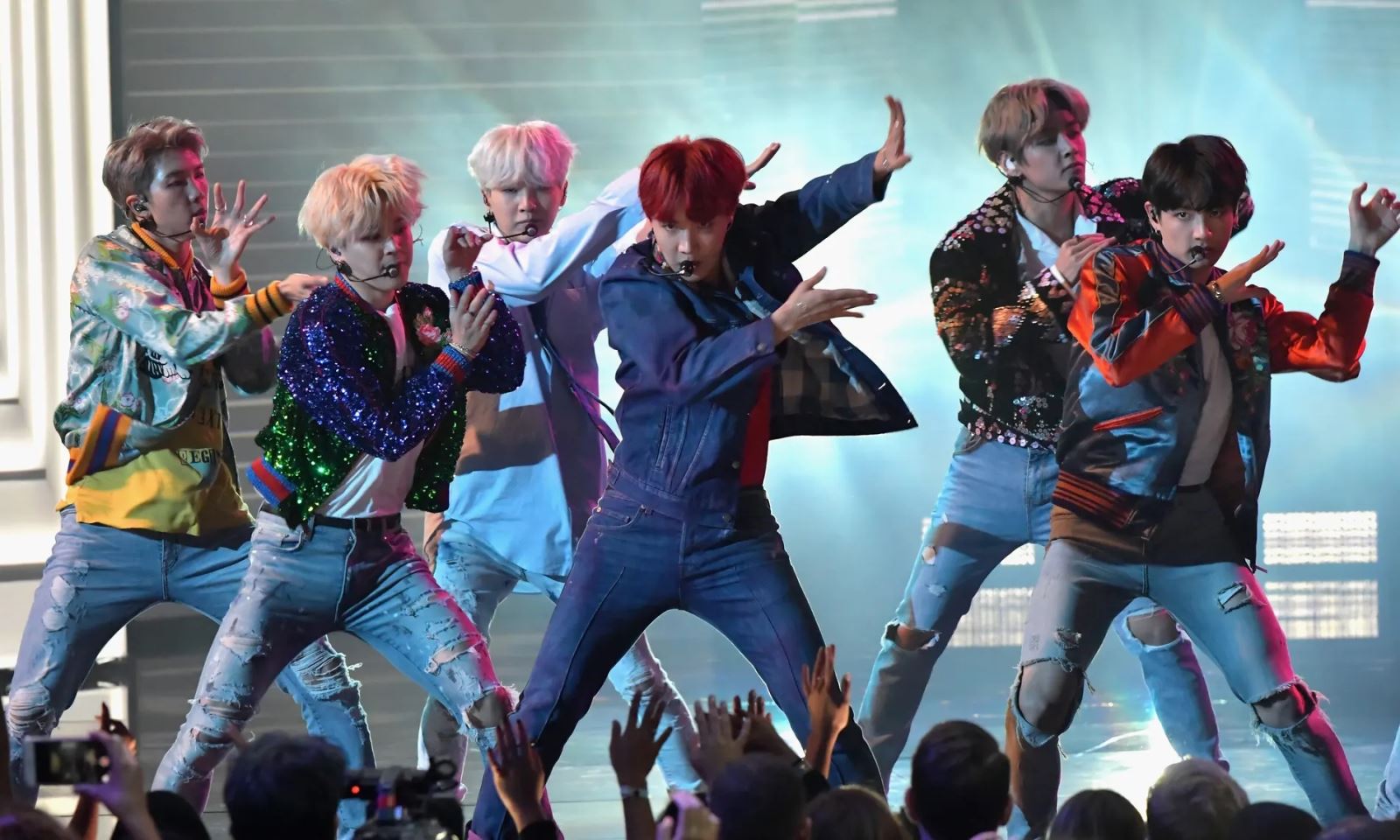The Secrets of Conquering the World: From K-pop to K-beauty

Image: Khu phố Myeongdong ở Seoul về đêm. (Getty Images)
In the age of rapid globalization, young people are embracing various cultures worldwide. One culture that has captivated the hearts of many is the Korean wave, also known as Hallyu. From catchy K-pop tunes to mesmerizing K-beauty routines, South Korea has successfully left its mark on the world stage.
The Rise of K-pop and Beyond
K-pop has consistently topped charts in the US and UK. Four years after director Bong Joon-ho’s “Parasite” became the first non-English film to win the Best Picture Oscar, K-pop group Twice reached the number one spot on the US album chart. The Korean cultural phenomenon shows no signs of slowing down.
Even Western film studios recognize the “Korean wave.” Netflix recently announced a $2.5 billion investment in Korean projects over the next four years, with a highly anticipated sequel to the hit series “Squid Game.” Disney and Apple TV+ have also increased their lineup of Korean programs.
The CEO of Disney stated, “Everyone wants a piece of Korean content. Korean culture has been popular across Asia for 20 years, but now it seems that its influence has spread globally. That’s something new.”
Sarah Muller, the head of BBC’s department for programming aimed at 7-12-year-olds, emphasized, “Korea has become the modern center of the creative world.”
The Role of Government and Private Collaboration
Korea’s cultural development has been a mission led by the government. Korean officials have played a vital role in transforming cultural aspects into exportable commodities.
However, the global reach of Korean culture is also the result of effective public-private cooperation. The spokesperson for the Hallyu Content Cooperation Division stated, “The global success of the Korean wave is, of course, the result of the efforts of the private sector. But the government indirectly supports this wave by providing a platform for private individuals to unleash their creativity.”

Image: BTS performing at the American Music Awards in 2017. (WireImage)
Korea has nurtured a new generation of creators by freeing up the private sector through loans, tax reductions, and investments in organizations such as the Korean Academy of Film Arts and the Korean National University of Arts, along with the influential Busan International Film Festival.
Today, Korea not only spreads traditional cultural genres like pop music, television, and cinema but also exports new trends in beauty, fashion, cuisine, and literature.
The Global Impact: Beauty and Beyond
A recent report highlighted the influx of international tourists flocking to Seoul’s Myeongdong district to purchase a large quantity of cosmetics from well-known brands such as The Face Shop and Skin Food. These products are now part of the global beauty market, estimated to be worth $18.32 billion by 2030.
According to Straits Research, the gentle and natural ingredients used in Korean beauty products, which have been refined and passed down for years, significantly contribute to their popularity.
Korean cuisine has also undergone a remarkable transformation. Dishes like corn dog sausage have become one of the most sought-after street foods in the US in recent years. UK supermarkets frequently stock up on kimchi, a probiotic-rich food that effectively promotes gut health. Meanwhile, people around the world are eager to taste soju, a traditional grain-based liquor that has long been a favorite in Korea.

Image: Director Bong Joon-ho at the 2020 Oscars. (AFP/Getty Images)
All these factors have greatly benefited the Korean economy, which is currently the fifth-largest in Asia. In 2021, Korea’s cultural exports reached $12.4 billion, surpassing revenue from consumer electronics and electric vehicles.
According to Hyundai Research Institute, the popular boy band BTS alone contributes approximately $3.67 billion annually to the Korean economy through exports, domestic consumption, and local tourism. Their hit single “Dynamite” topped the US charts in 2020, generating nearly 8,000 jobs.
Various content providers in Korea, including independent startup companies, operate in publishing, music, electronic games, broadcasting, film, and animation. These companies collaborate with large corporations, which have close ties to high-ranking politicians. Noteworthy examples include Lotte and Orix.
Small and medium-sized enterprises have also benefited from government support. According to Yonhap news agency, they received 790 billion won last year to enhance the export of Korean cultural content.
The Future of Hallyu: Language and Literature
The Korean wave has sparked a growing interest among young people worldwide to learn the Korean language. The high demand for Korean language courses has prompted the government to increase the number of classes offered by the King Sejong Institute, an organization dedicated to teaching the Korean language, from 244 to 270.
Professor Inkyu Kang, a digital journalism expert at Pennsylvania State University, predicts that literature will be the next “big thing” for Korea. The country’s remarkable storytelling abilities have been showcased through feature films, TV series, and webtoons. However, despite gaining recognition, Korean literature has yet to receive the recognition it deserves.
As Korea continues to captivate the world with its cultural exports, its economic and artistic influence will only continue to grow.

Image: Blackpink performing at Coachella in 2023. (Getty Images)
For more captivating articles on various topics, visit Business Today.
